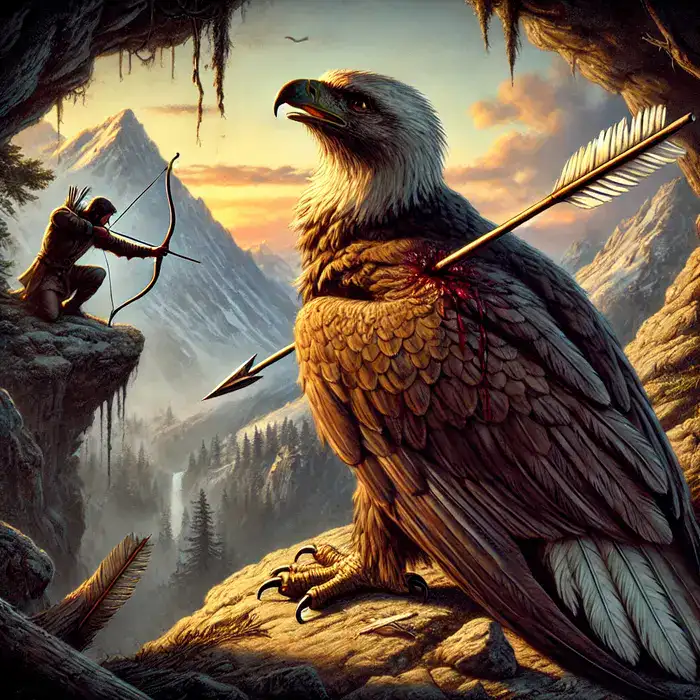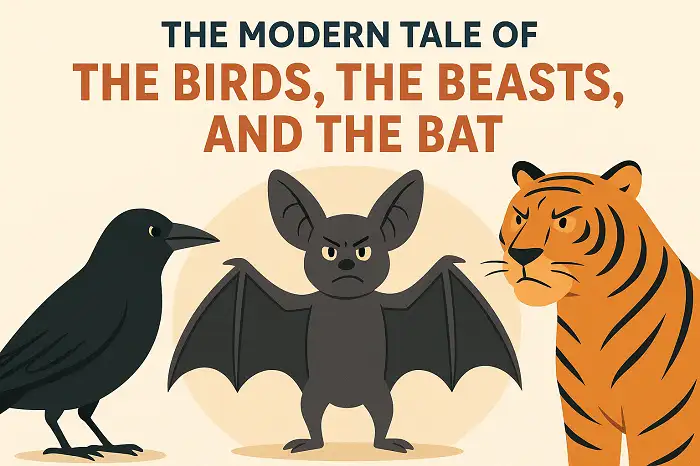The Eagle and the Arrow by Aesop for ESL students with vocabulary in real context, video, discussion questions, and moral of the story based on the English Immersion Program available in the public domain on Gutenberg Project Video of the Eagle and the Arrow https://www.youtube.com/watch?v=Fbosx_qm7lA The Eagle and the Arrow An eagle sat perched on a lofty rock, keeping a sharp look-out for prey. A huntsman, concealed in a cleft of the mountain and on the watch for game, spied him there and shot an arrow at him. The shaft struck him full in the breast and pierced him through ...
Home » English Short Stories » The Eagle and the Arrow by Aesop with Vocabulary

The Eagle and the Arrow by Aesop with Vocabulary
Updated: by Dr. Mohammad Hossein Hariri Asl
Time to Read: 5 minutes | 283 Views | 2 Comments on The Eagle and the Arrow by Aesop with Vocabulary
Share This Post
About the Author
Dr. Mohammad Hossein Hariri Asl is an English and Persian instructor, educator, researcher, inventor, published author, blogger, SEO expert, website developer, entrepreneur, and the creator of LELB Society. He's got a PhD in TEFL (Teaching English as a Foreign Language).
Number of Posts: 4224



The eagle upset when it saw the arrow that struck it because he realizes that it was made from its own feathers and understood the consequences of his own actions and saddened because his own feathers was used to create the arrow that harmed him.
Thank you for your comment on the Aesop’s fable, the Eagle and the Arrow.
Feedback:
1. The eagle upset = The eagle became upset
2. Inconsistence in using pronouns to refer to the same entity, eagle, that should be either “it / its” or “he / him/ his”
3. Inconsistence in using the tenses to narrate a story, either simple past or simple present tense
4. Sadden is a transitive verb = he was saddened
5. The arrow had not been decorated with his own feathers, but with the feathers of another eagle belonging to his own species.